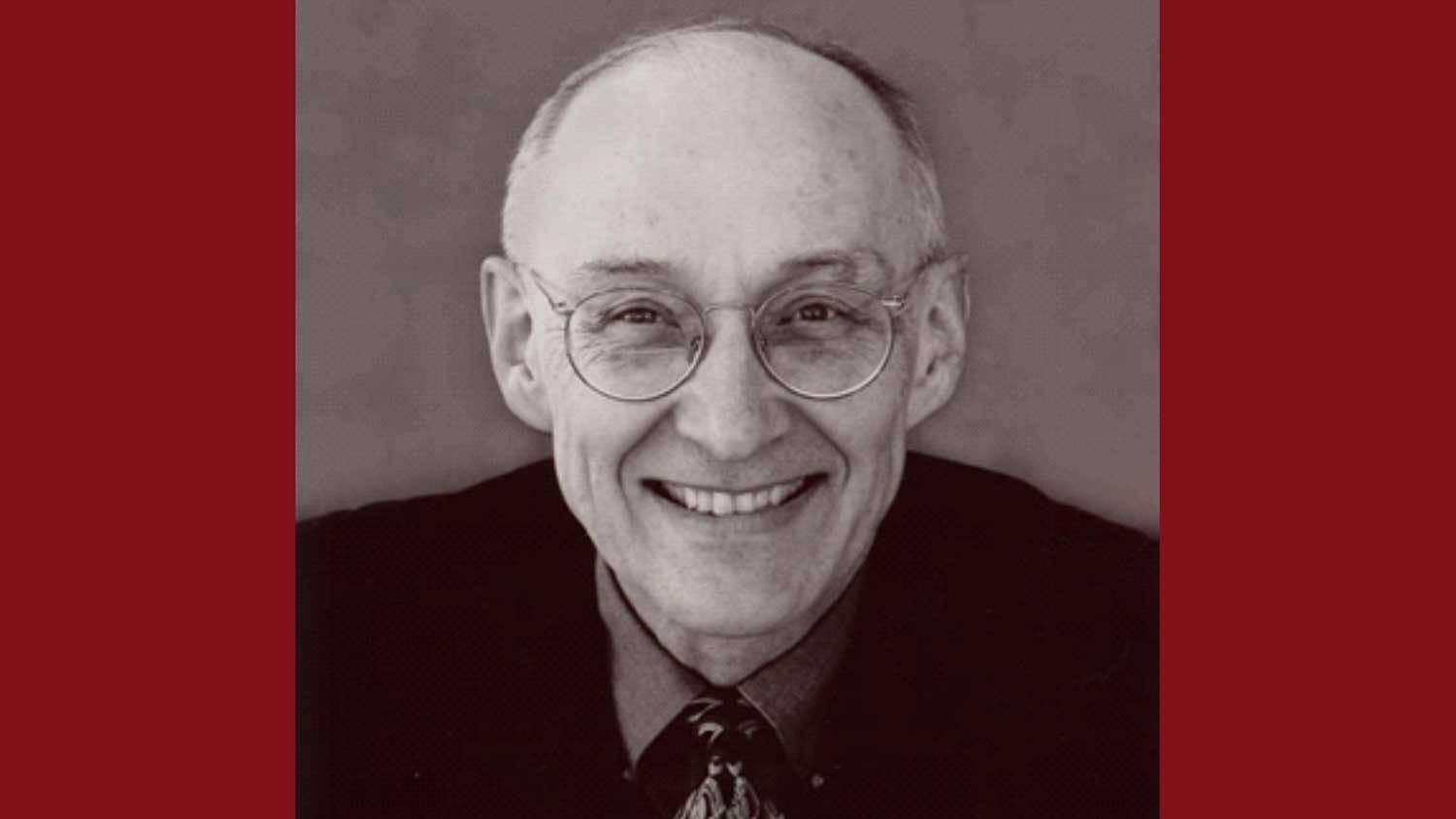Professor Charles (Charlie) H. Holbrow was born in Melrose, Mass. in 1935. A precocious student, he skipped the last two years of high school and, at age 15, enrolled at the University of Wisconsin-Madison as a Ford Foundation Pre-Induction Fellow, earning a BA in history in 1955. In 1956, he married Mary Louise Ross, a Phi Beta Kappa scholar from a small Wisconsin farm. Charlie and Mary started their family while he completed an AM in history and Russian studies at Columbia’s Russian Institute. Then, inspired by Sputnik and the dawn of the space age, Charlie returned to Wisconsin with the family and completed a PhD in nuclear physics in 1963.
Before coming to Colgate, Charlie taught for three years at Haverford College and two years at the University of Pennsylvania, and he briefly served as associate editor of Physics Today, the flagship publication of the American Institute of Physics. He came to Colgate as an associate professor of physics in 1967, was promoted to full professor in 1975, and held the Charles A. Dana Endowed Chair in physics from 1986 until his retirement in 2003.
During his tenure at Colgate, he chaired the Department of Physics and Astronomy twice and served as director of the Division of Natural Science and Mathematics from 1985 to 1988. A skilled programmer and advocate of computer use in education, he was instrumental in building Colgate’s first computer center and served as its director in 1968. Later, he and two colleagues established Colgate’s Department of Computer Science. Among his numerous contributions to general education at Colgate was his course Computers and the Liberal Arts, one of the first such courses offered in the United States.
Charlie arrived at Colgate at an opportune time, as the school embraced coeducation, higher academic standards, and an increased emphasis on faculty scholarship. Early on, he received a grant from the National Science Foundation to construct a subcritical nuclear reactor in the basement of Lathrop Hall. He and his students used the reactor for decades to conduct nuclear physics experiments. Throughout his career, he remained active in nuclear physics and held visiting research appointments at the University of Pennsylvania, Brookhaven National Laboratory (often accompanied by Colgate students doing summer research), SUNY Stony Brook, MIT Lincoln Laboratories, GSI Center for Heavy Ion Research in Darmstadt, Germany (1994–95), and the University of Vienna (2002).
Charlie was well-known in the greater physics community for his dedication to physics education. He was a stellar teacher and distinguished himself by teaching in new and creative ways. His lectures sparkled with wit and lightning-quick mental calculations that emphasized the importance of estimation in scientific reasoning. In the early 1980s, he pioneered a radically new curricular model for physics, designed to attract and retain students in the physical sciences. In his model, students were exposed to modern physics topics, such as relativity and quantum mechanics, before tackling classical physics. He could often be found in his office, late in the night, composing class notes and exercises to be distributed to students on the following day. This effort culminated in 1998 with the publication of a textbook, Modern Introductory Physics, with contributions from several Colgate colleagues. A second, enhanced edition was published in 2010, and is still used by students in their first physics course at Colgate.
While he liked to say that he did not “suffer fools gladly,” his actions showed a much more generous spirit. He was usually the first to show up at a new colleague’s house, bearing gifts of his favorite local foods. He patiently tutored younger colleagues on advanced physical theory, helping them to teach difficult topics with confidence. Leading by example, he promoted closer ties between faculty and students: he regularly invited students home for dinner, and at department picnics, he always brought the volleyball net and stayed on the court for as long as students played. He once organized an “intercollegiate student physics conference,” where students from nearby colleges in New York State constructed and displayed physics demonstration apparatus they had built during the semester.
Charlie was very active in the professional organizations of the American Association of Physics Teachers (AAPT) and the American Physical Society (APS). In recognition of his many contributions, he was named a fellow of the APS in 1996. He served as president of the AAPT in 2003, and in 2008 was called on as executive officer to rescue the association from a financial crisis. In recognition of his widespread and long-lasting contributions to the teaching of physics, he was awarded AAPT’s Oersted Medal in 2012.
After retiring from Colgate, Charlie and Mary moved to Cambridge, Mass. As a visiting professor of physics at MIT, he worked on developing Massive Open Online Courses (MOOCs), free and open to anyone interested in learning physics. At Harvard University, he helped revise the premedical curriculum to include more life-science applications of physics. For this work, he was awarded a Harvard Certificate of Distinction. He created an alumni group for Ford Foundation fellows and was active in both the Lexington Computer and Technology Group and the Lexington Community Education Program.
Charlie is survived by his wife, Mary, their five daughters (whom he regarded as his greatest contribution to society), spouses, and seven grandchildren. In honor of his love for family and physics, contributions to the AAPT “In Memory of Charles H. Holbrow” will advance physics teaching and learning by supporting dependent-care grants for AAPT members when attending national conferences.
